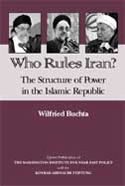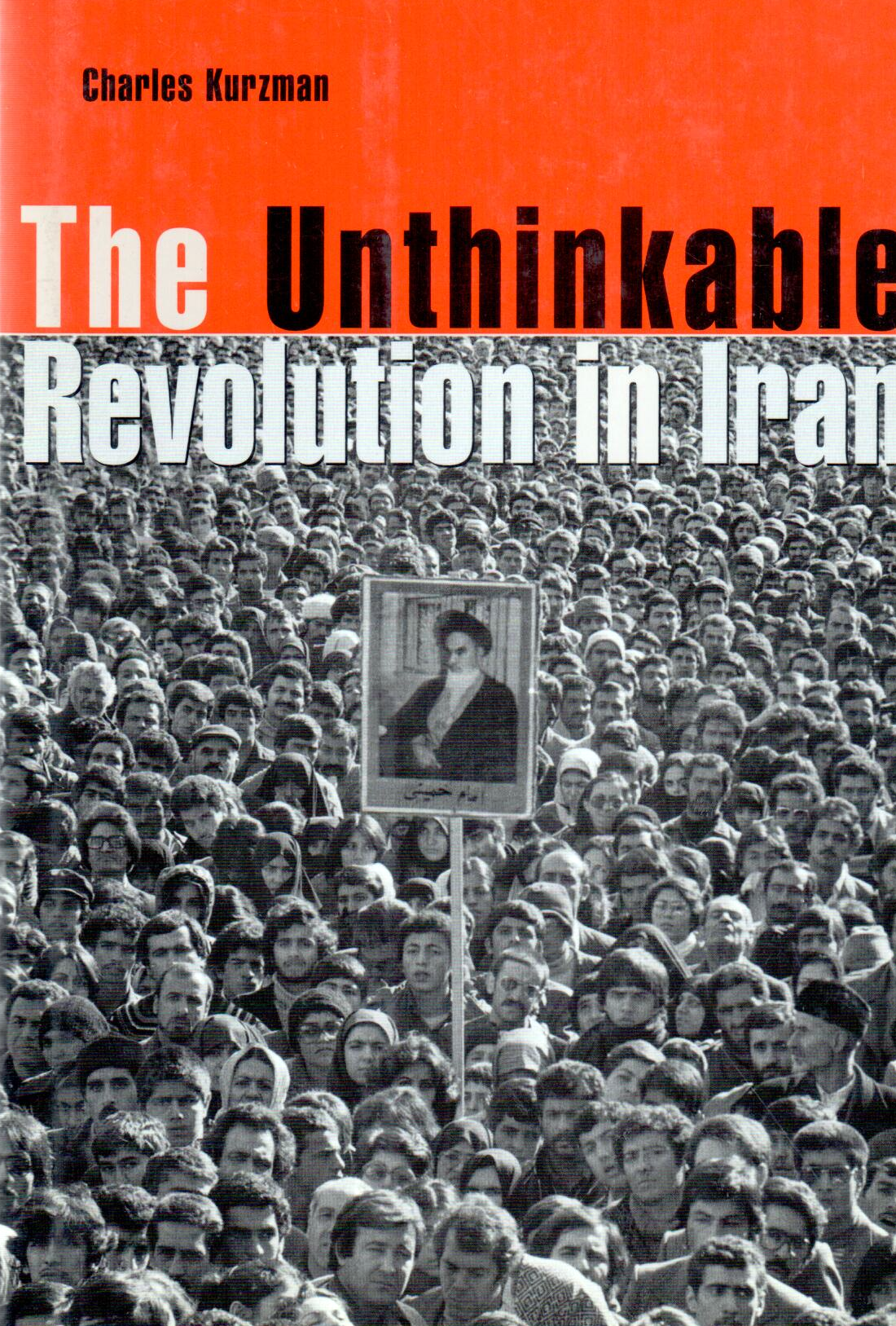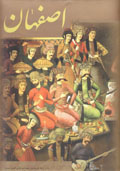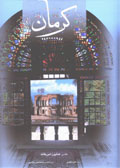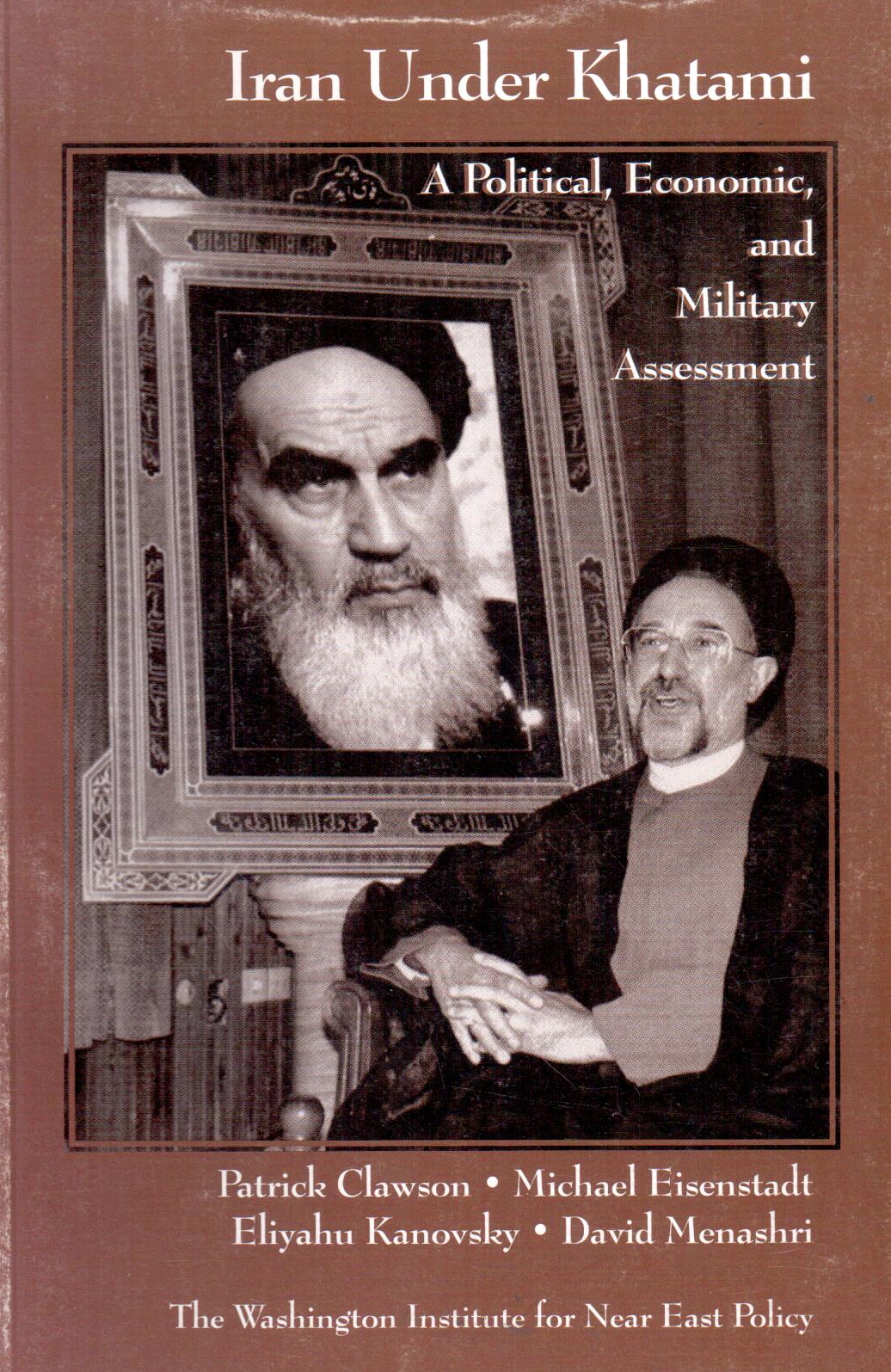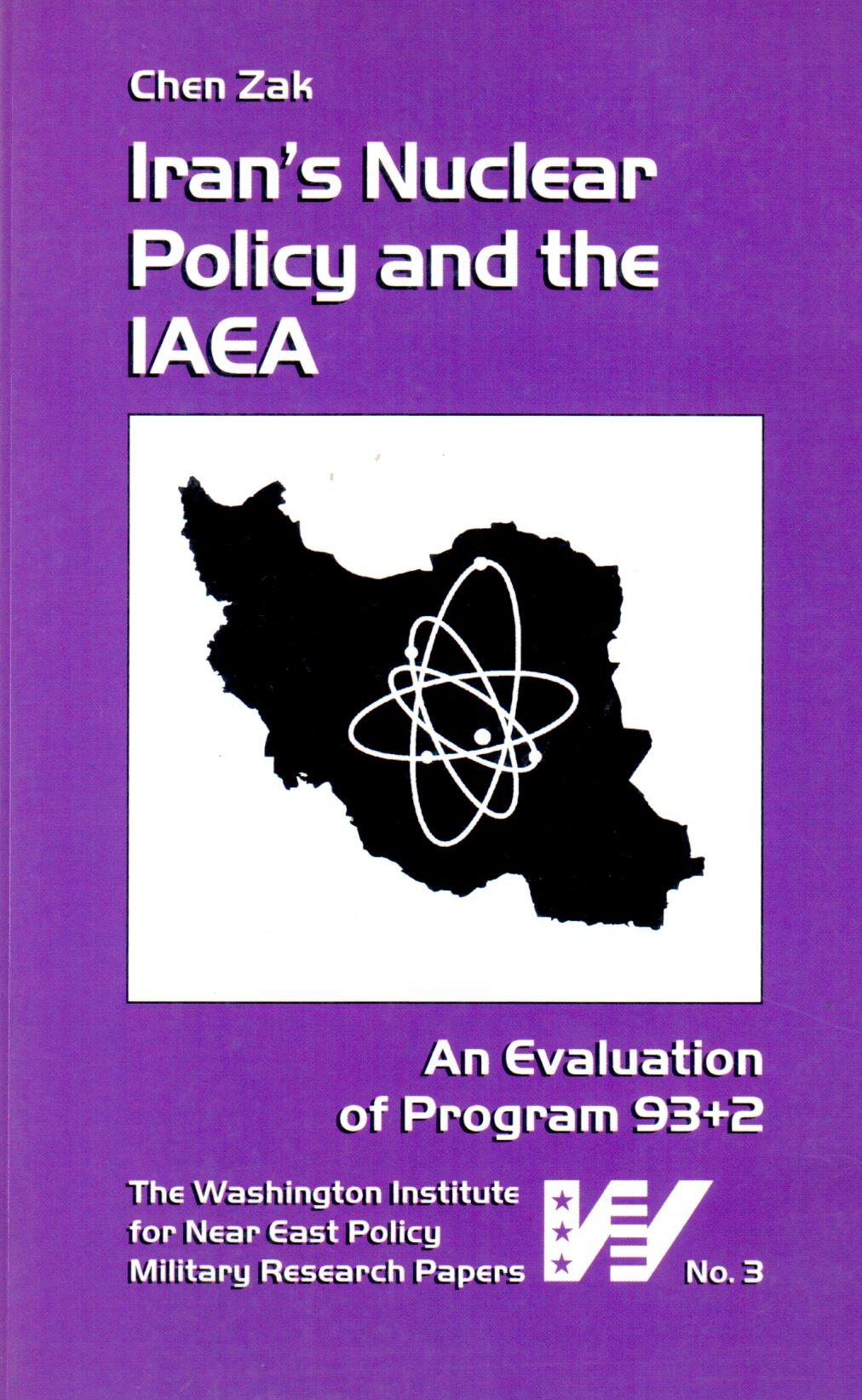الإنجليزية 1420
Who Rules Iran?: The Structure of Power in the Islamic Republic
43٫37 $
مشاركة
Wishlist
العنوان الأصلي:
Who Rules Iran?: The Structure of Power in the Islamic Republic
ISBN رقم:
0944029396
الفئة العمرية:
البالغون
الصفحات:
239
الوزن:
512 g
أبعاد المنتج:
14 x 21 x 1٫67 cm
غلاف الكتاب:
غلاف ورقی
Executive Summary
Despite violent revolutionary upheavals, a bloody war with Iraq, numerous internal political protests, and power struggles among the ruling elite, the Islamic Republic has managed not only to survive but also to maintain a considerable degree of political stability. The politicized ShiXi clergy, which first seized power in 1979, has consolidated its hold over the levers of power. This allows the ruling elite to tolerate a limited degree of political pluralism, including presidential and parliamentary elections every four years. Nonetheless, the clerical regime has weaknesses. It has not succeeded in remedying the political, social, and economic problems that led to the revolution in 1979. In particular, IranYs persistent economic crisis has become the worst nightmare of successive governments in Tehran.
The Islamic RepublicYs power structures are the key to understanding the clerical regimeYs stability as well as the persistent tensions that prevail therein. The political system in Iran is characterized by a multitude of loosely connected and generally fiercely competitive power centers, both formal and informal. The former are grounded in the consti
more
Executive Summary
Despite violent revolutionary upheavals, a bloody war with Iraq, numerous internal political protests, and power struggles among the ruling elite, the Islamic Republic has managed not only to survive but also to maintain a considerable degree of political stability. The politicized ShiXi clergy, which first seized power in 1979, has consolidated its hold over the levers of power. This allows the ruling elite to tolerate a limited degree of political pluralism, including presidential and parliamentary elections every four years. Nonetheless, the clerical regime has weaknesses. It has not succeeded in remedying the political, social, and economic problems that led to the revolution in 1979. In particular, IranYs persistent economic crisis has become the worst nightmare of successive governments in Tehran.
The Islamic RepublicYs power structures are the key to understanding the clerical regimeYs stability as well as the persistent tensions that prevail therein. The political system in Iran is characterized by a multitude of loosely connected and generally fiercely competitive power centers, both formal and informal. The former are grounded in the consti
more

